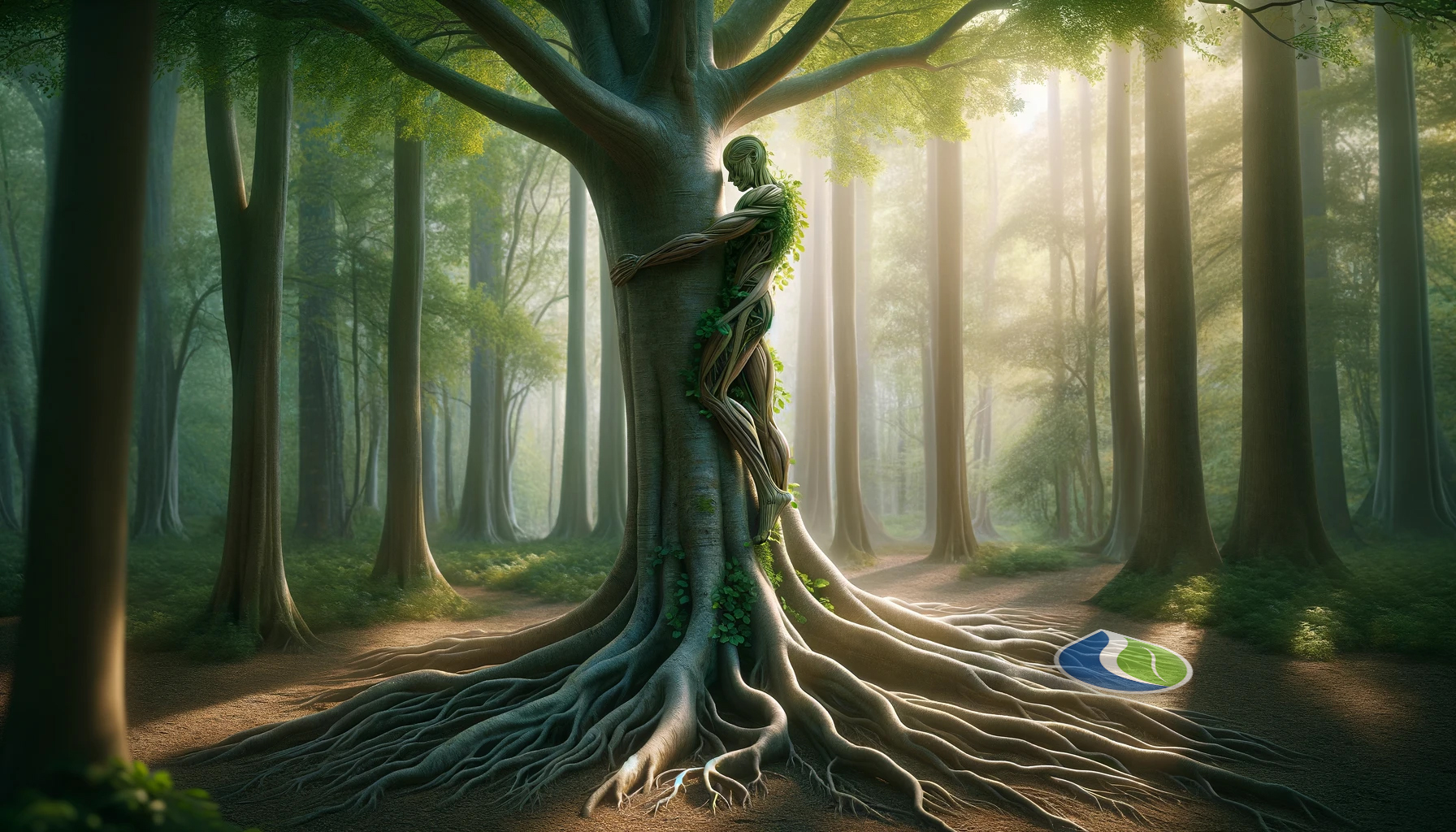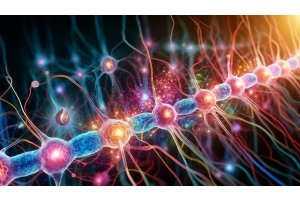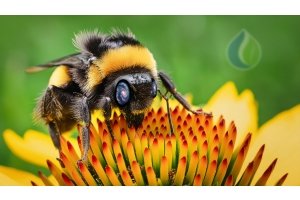
The world of biology is filled with an incredible diversity of life forms. From the smallest micro-organisms to the largest mammals, each organism has its own unique characteristics and functions. In this comprehensive blog, we will delve into the biological description of plants and mammals, how they are built, their metabolism, immune system, and ultimately, the fascinating similarities that exist between them. This knowledge can be enriching not only for biology enthusiasts, but also for those interested in understanding certain products from Meditech Europe.
Plants
What is the biological description of a Plant?
Plants belong to the realm of organisms known as Plantae. They are mostly unicellular or multicellular photosynthetic autotrophs, meaning they produce their own food using sunlight, water and carbon dioxide. Plants are essential for feeding many other life forms on Earth and contribute to oxygen levels in the atmosphere.
How is a plant structured?
Plants have a unique structure consisting of roots, stems, leaves, flowers and fruits. Roots absorb water and nutrients from the soil, while stems support the plant and leaves serve as the main site for photosynthesis. Flowers are responsible for plant reproduction, while fruits protect and disperse seeds.
Plants and their metabolism
Plants' metabolism is mainly based on photosynthesis, where they convert sunlight into chemical energy in the form of glucose. This glucose serves as food for the plant and for other organisms that depend on plants. Plants also have a cellular respiratory system that allows them to release energy from stored glucose.
Plant's immune system
Plants have a unique immune system that protects them from pathogens such as bacteria, viruses and fungi. This immune system includes both local and systemic responses, with plants producing chemicals to fight pathogens and isolate themselves from infected parts.
Mammals
What is the biological description of a mammal?
Mammals belong to the realm of organisms known as Animalia. They are characterised by some key features, including the presence of hair or fur, the production of milk by female mammals to feed their young, and an endothermic metabolism, which means they are able to keep their body temperature constant.
How is a mammal built?
Mammals have a complex anatomy, including a central nervous system, a heart that pumps blood through their bodies, and a respiratory system that extracts oxygen from the air. They vary greatly in size, from tiny rodents to enormous whales, but share the same fundamental body structure.
Humans and their metabolism
Human metabolism differs from that of plants in that humans are heterotrophic, meaning they depend on external sources for their food. Human metabolism involves the breakdown of nutrients such as carbohydrates, fats and proteins to release energy for body functions.
The immune system of a mammal
Mammals, including humans, have a complex immune system that protects them from pathogens. This includes both innate immunity, which responds quickly to infections, and adaptive immunity, which produces specific immune cells and antibodies to fight pathogens.
Similarities between Plants and Mammals
Now that we have gained a deeper understanding of the biology of plants and mammals, it is time to explore the striking similarities between them.
What are the similarities between plants and humans?
One striking similarity between plants and humans is the fact that both life forms have immune systems to protect themselves from pathogens. Although the details of these systems differ greatly, the principle of immunity is a crucial similarity. Both systems try to keep the organism healthy and protect it from external threats.
How does the plant immune system work?
The immune system of plants involves several mechanisms. For example, they can produce chemicals to kill pathogens or isolate themselves from infected parts. Plants can also have specific receptors that recognise pathogens and trigger an immune response. This allows the plant to respond effectively to infections and protect itself.
How does the human immune system work?
The human immune system is very complex and includes white blood cells, antibodies and other immune molecules. When a human's immune system detects a pathogen, immune cells are activated to destroy it. This process includes both innate immunity and adaptive immunity, in which specific antibodies are produced to fight the pathogen.
FAQ
What is the similarity between plants and humans?
The main similarity between plants and humans is the fact that both life forms have an immune system to protect themselves from pathogens.
How does the plant immune system work?
The immune system of plants includes mechanisms such as the production of chemicals to kill pathogens, isolation of infected parts and specific receptors to recognise pathogens and trigger an immune response.
How does the human immune system work?
The human immune system involves complex processes involving white blood cells, antibodies and other immune molecules. When a pathogen is detected, immune cells are activated to destroy it, including innate and adaptive immunity.
Concluding remarks
The similarities between plants and mammals, especially in terms of their immune systems, are fascinating and illustrate the complexity of life on Earth. Understanding these biological similarities can not only contribute to our overall understanding of nature, but can also help us understand that some products made for plants can also be helpful for mammals, such as humans (and vice versa, of course).
If you would like to know more about plant and mammal biology, or need advice on other topics, Meditech Europe is happy to help. You can contact us at marijn@meditecheurope.nl or by phone at +31527 292 331. We are here to answer your questions and provide you with expert advice.
With this knowledge in our hands, we can both better understand the natural world and harness it for our benefit. It is a fascinating journey that helps us appreciate how complex and connected all aspects of life on our planet are.




